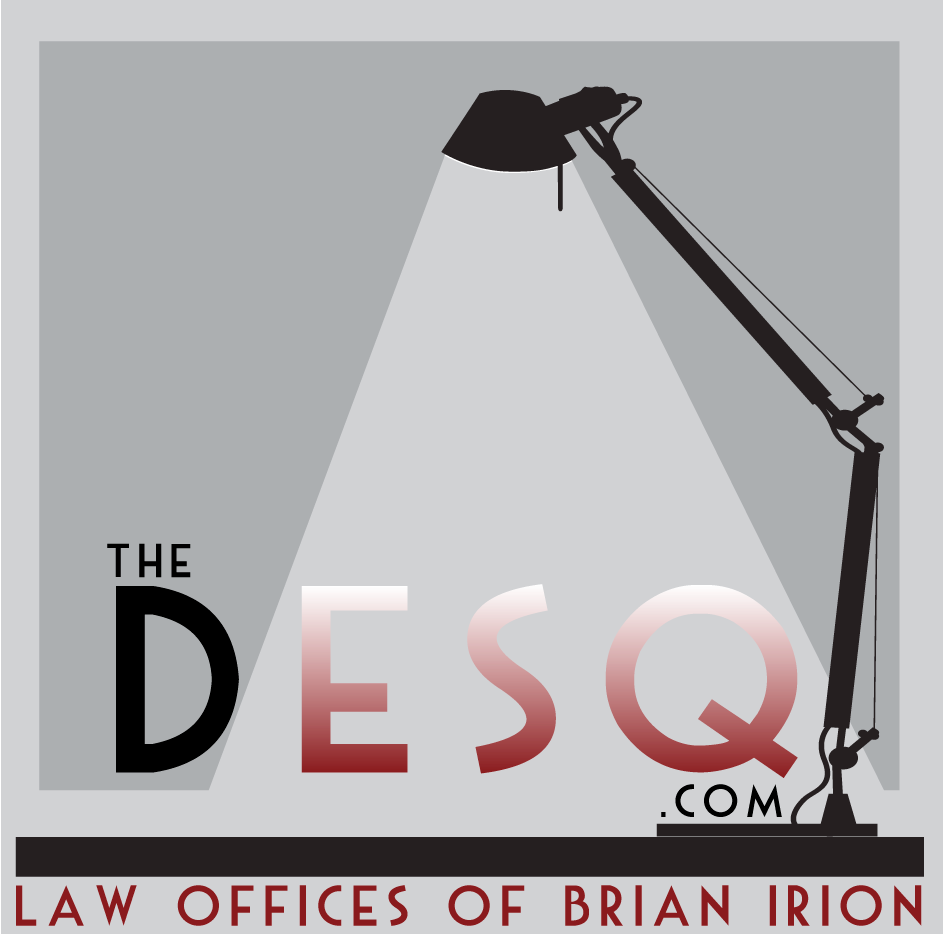Copyright Basics
Copyright Law protects original works of authorship fixed in any tangible medium, and derivative works springing from those original works. This definition is interpreted broadly to include protection for recorded songs, software programs and musical or theatrical performances, as well as art and literary works such as books.
The 1976 Copyright Act gives the owner exclusive rights to perform, reproduce, adapt, distribute or publicly display the work throughout the United States and its possessions. The duration of a copyright for works first created in or after 1978 is the life of the author plus 70 years, or 95 years from the date of first publication of a work for hire. Unlike trademarks which require registration before the symbol ® may be used, a copyright owner may use the copyright symbol © immediately upon creation of a work in a tangible medium. Presence of this mark on the work may help to show intentional or willful infringement in the event copying is shown.
Certain limitations exist to the author’s list of exclusive rights. For example, portions of a work may be reproduced or discussed in a “fair use” for criticism, parody, comment, educational uses or reporting. Also, the First Sale doctrine permits the owner of a copy of a work to transfer that copy without restriction by the original author. However, the first sale doctrine does not permit the owner of a copy to make additional copies. This “limitation on a limitation” fueled massive amounts of litigation involving what the RIAA and BSA claim is cyber piracy and file-sharers such as Napster contended is a legitimate use.
The rights afforded a copyright owner are transferable and may be licensed. The right to license has provided a burgeoning industry to lawyers, who regularly draft licensing agreements for software. Many large law firms have entire teams of lawyers devoted to “licensing law.”
Exceeding the scope of a license can have serious consequences, including not only breach of contract damages, but also damages for copyright infringement. These damages can include injunctive relief, actual damages measured by the owner’s actual damages and the infringer’s profits, statutory damages of up to $30,000 or even up to $150,000 for willful infringement, destruction of the illegal copies and molds, seizure of infringing articles by customs officials, and attorneys’ fees and costs (17 USC §501 et seq.) In extreme circumstances, criminal penalties can be imposed.

